44 minerals on food labels
› topics › whats-foodVitamins and Minerals | Nutrition.gov Interactive Food Label: Vitamins and Minerals HHS , Food and Drug Administration , Center for Food Safety and Applied Nutrition How can the Nutrition Facts label help you to choose foods rich in vitamins and minerals? en.wikipedia.org › wiki › Healthy_dietHealthy diet - Wikipedia A healthy diet is a diet that maintains or improves overall health. A healthy diet provides the body with essential nutrition: fluid, macronutrients such as protein, micronutrients such as vitamins, and adequate fibre and food energy.
kidshealth.org › en › kidsMinerals (for Kids) - Nemours KidsHealth Well, yes, but small amounts of some minerals are also in foods — for instance, meat is a good source of iron. Like vitamins, minerals help your body grow and stay healthy. The body uses minerals to to many things — from building strong bones to sending nerve impulses. Some minerals are even used to make hormones or maintain a normal heartbeat.

Minerals on food labels
› healthy-living › food-andVitamins and minerals - Food and nutrition | NHS inform Apr 30, 2020 · Three-quarters of the salt we eat is already in the food we buy, so checking the label and choosing foods that are lower in salt is one of the best ways to cut down. On food labels, there should be a figure for salt per 100g. High is more than 1.5g salt per 100g (or 0.6g sodium) Low is 0.3g salt or less per 100g (or 0.1g sodium) Daily intake kidshealth.org › en › kidsFiguring Out Food Labels (for Kids) - Nemours KidsHealth A food with 5% or less of a nutrient is low in that nutrient. A food with 10%–19% of a nutrient is a good source of that nutrient. A food with 20% or more of a nutrient is high in that nutrient. The information on food labels is based on an average adult diet of 2,000 calories per day. hgic.clemson.edu › nutrient-claims-on-food-labelsNutrient Claims on Food Labels - Clemson University HGIC 4056, Reading the New Food Labels; HGIC 4057, Determining Nutritional Value of Foods; HGIC 4058, Food Labels: Fat & Cholesterol; HGIC 4059, Food Labels: Carbohydrates; HGIC 4060, Serving Sizes for Special Diets; and. HGIC 4062, Nutrient Density. Sources: Center for Food Safety and Applied Nutrition.
Minerals on food labels. › nutritionsourceCarbohydrates and Blood Sugar | The Nutrition Source ... When people eat a food containing carbohydrates, the digestive system breaks down the digestible ones into sugar, which enters the blood. As blood sugar levels rise, the pancreas produces insulin, a hormone that prompts cells to absorb blood sugar for energy or storage. As cells absorb blood sugar, levels in the bloodstream begin to fall. hgic.clemson.edu › nutrient-claims-on-food-labelsNutrient Claims on Food Labels - Clemson University HGIC 4056, Reading the New Food Labels; HGIC 4057, Determining Nutritional Value of Foods; HGIC 4058, Food Labels: Fat & Cholesterol; HGIC 4059, Food Labels: Carbohydrates; HGIC 4060, Serving Sizes for Special Diets; and. HGIC 4062, Nutrient Density. Sources: Center for Food Safety and Applied Nutrition. kidshealth.org › en › kidsFiguring Out Food Labels (for Kids) - Nemours KidsHealth A food with 5% or less of a nutrient is low in that nutrient. A food with 10%–19% of a nutrient is a good source of that nutrient. A food with 20% or more of a nutrient is high in that nutrient. The information on food labels is based on an average adult diet of 2,000 calories per day. › healthy-living › food-andVitamins and minerals - Food and nutrition | NHS inform Apr 30, 2020 · Three-quarters of the salt we eat is already in the food we buy, so checking the label and choosing foods that are lower in salt is one of the best ways to cut down. On food labels, there should be a figure for salt per 100g. High is more than 1.5g salt per 100g (or 0.6g sodium) Low is 0.3g salt or less per 100g (or 0.1g sodium) Daily intake
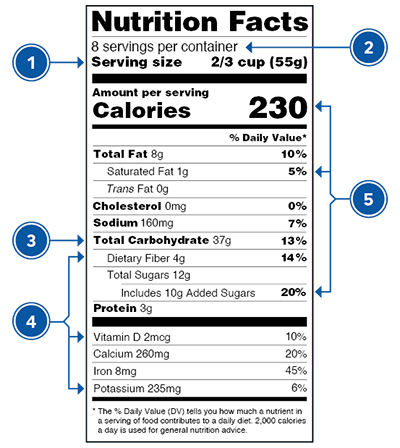

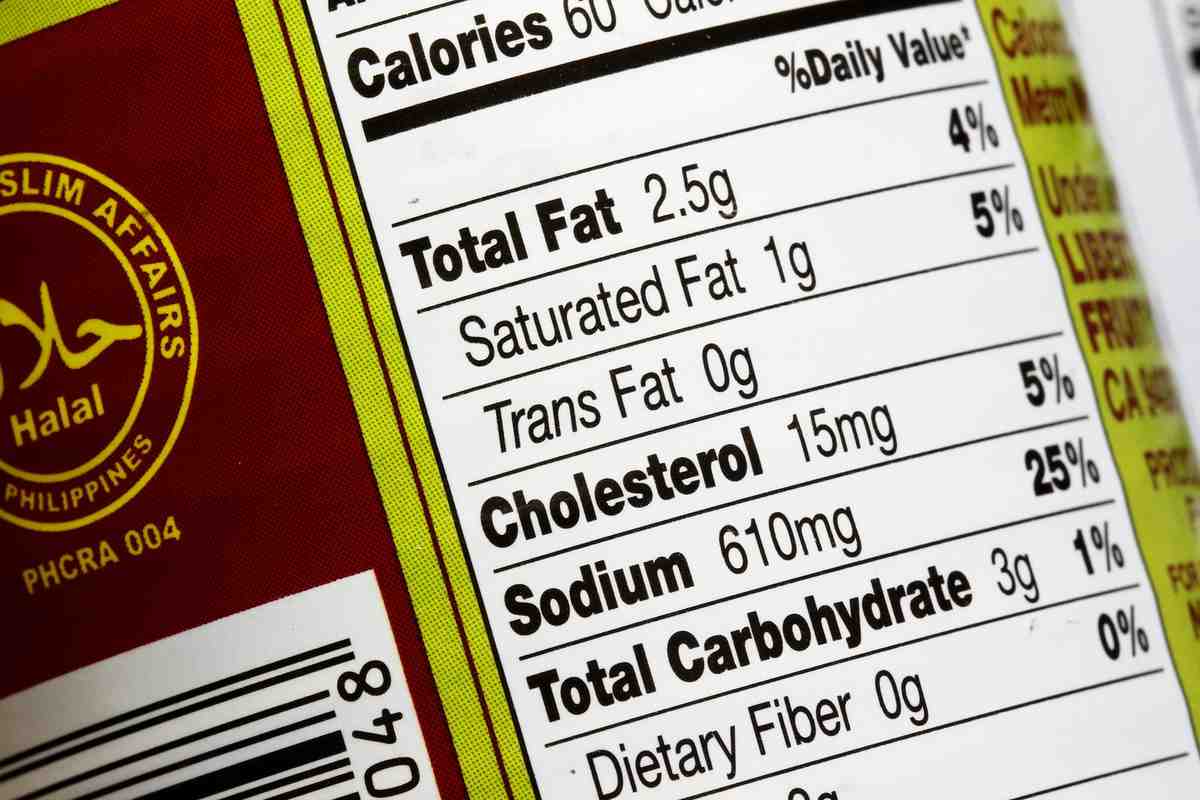



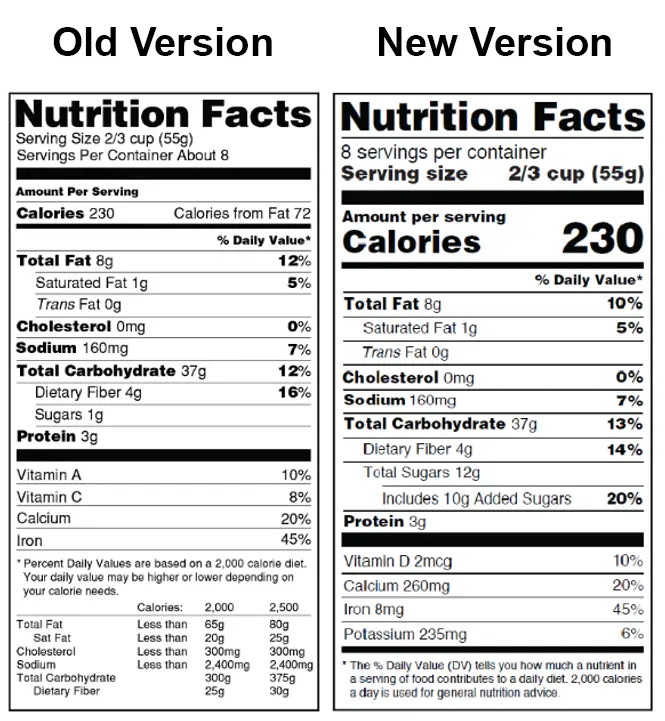

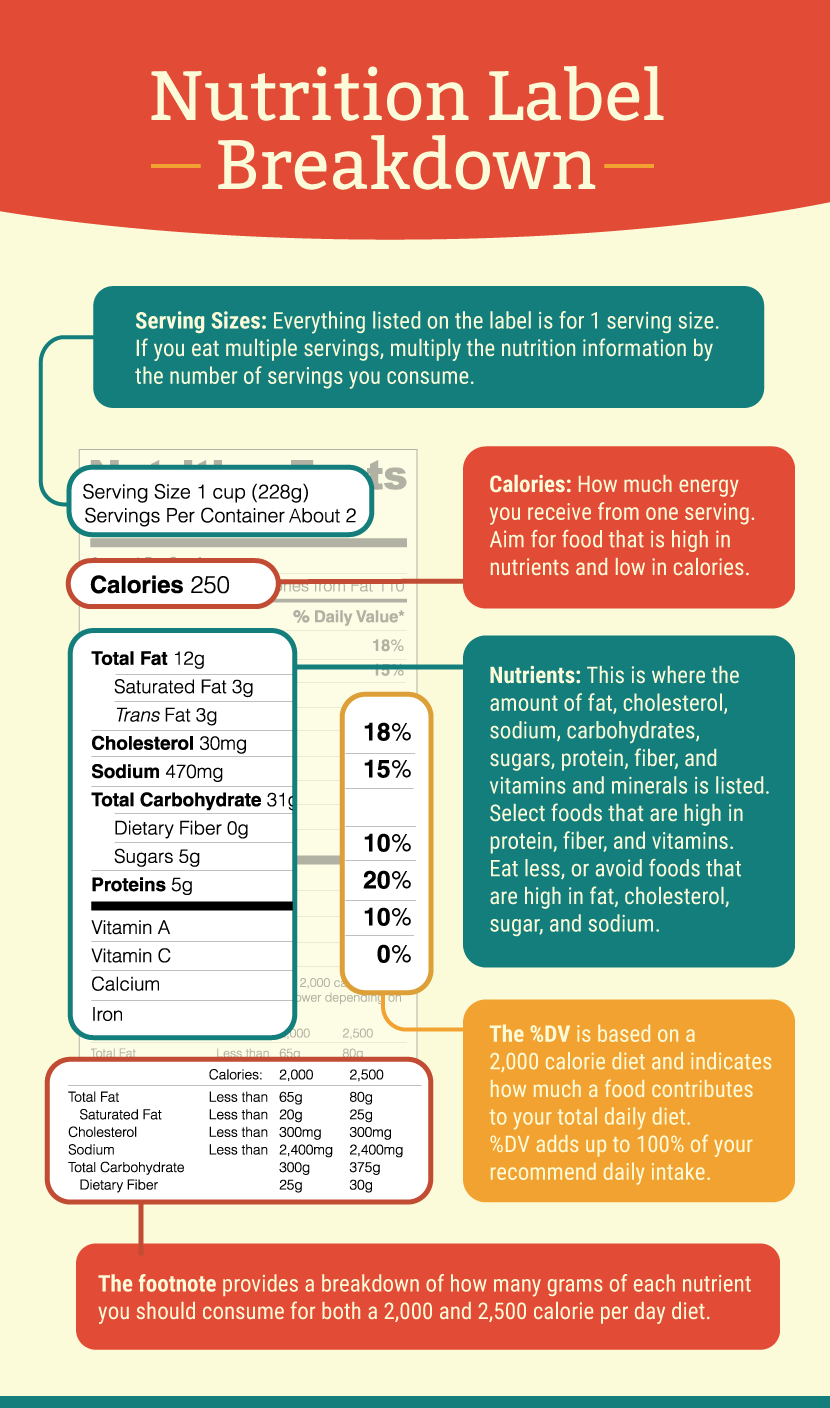

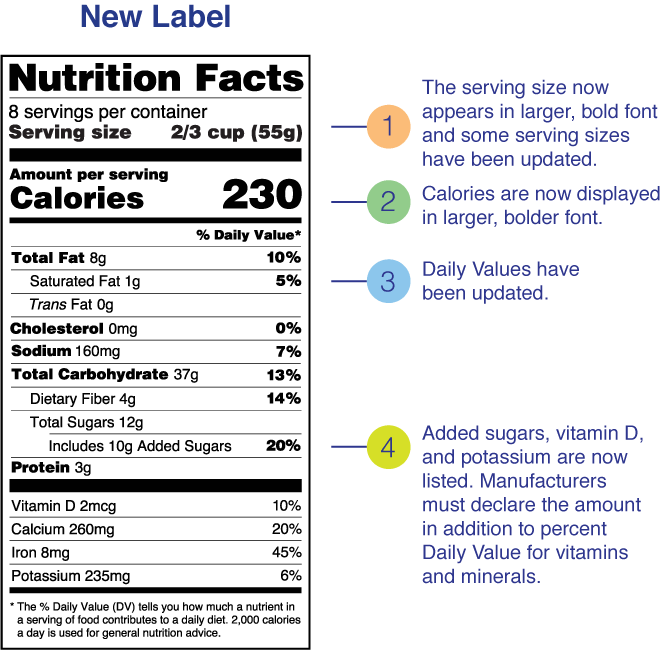

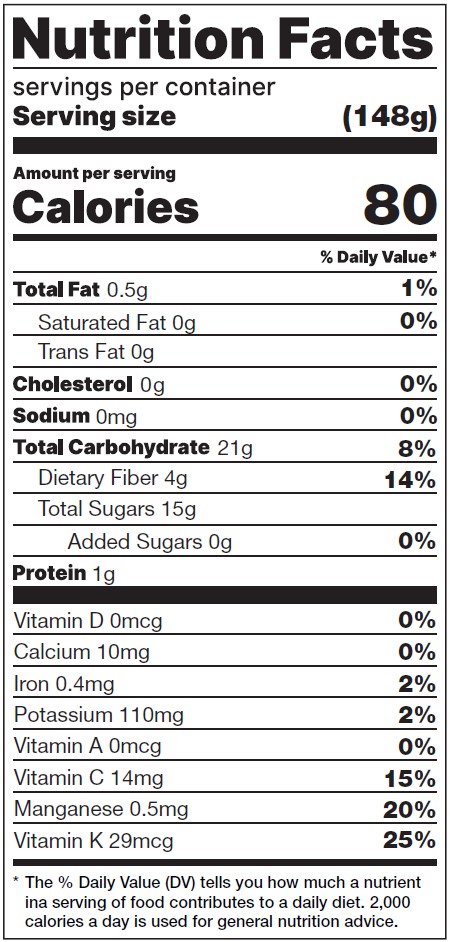
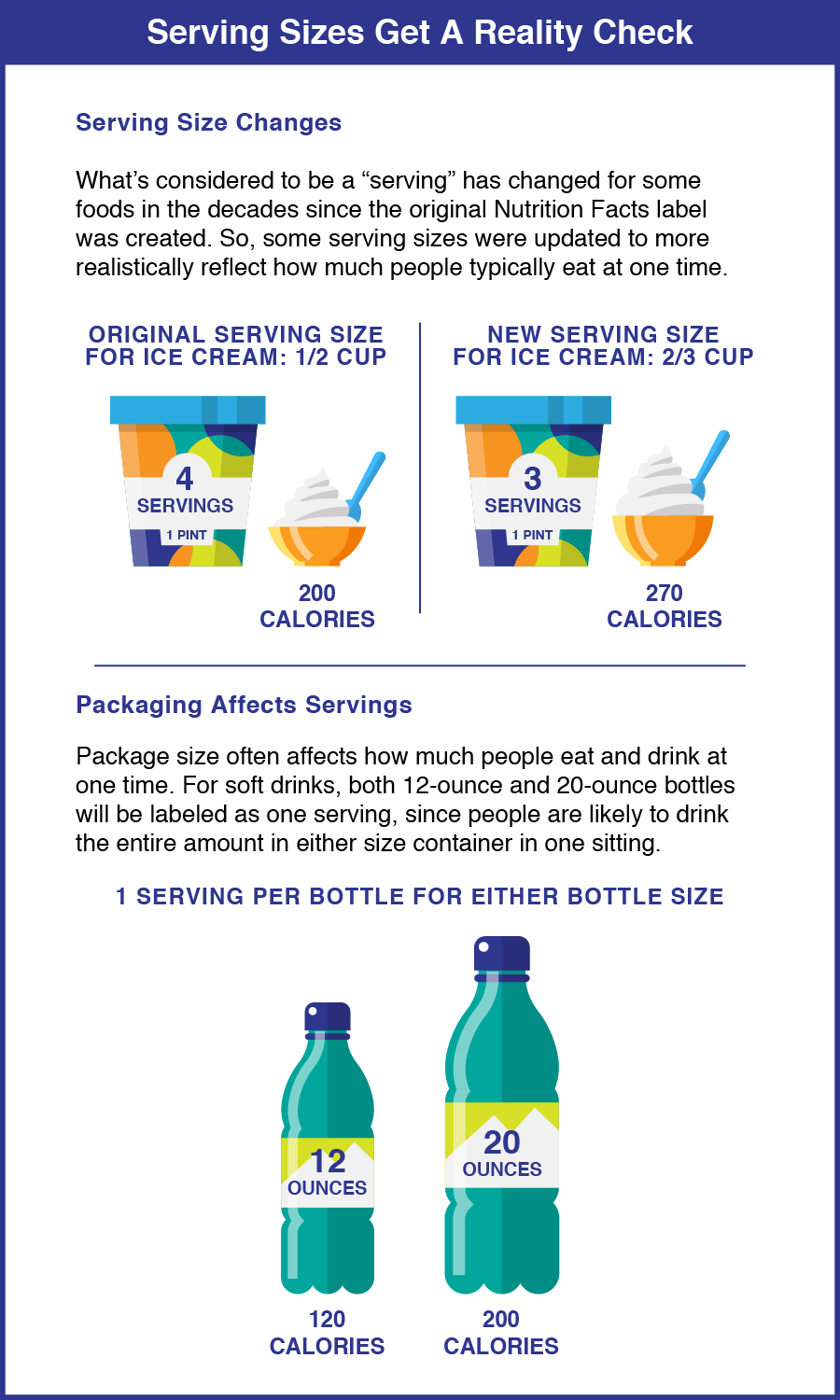
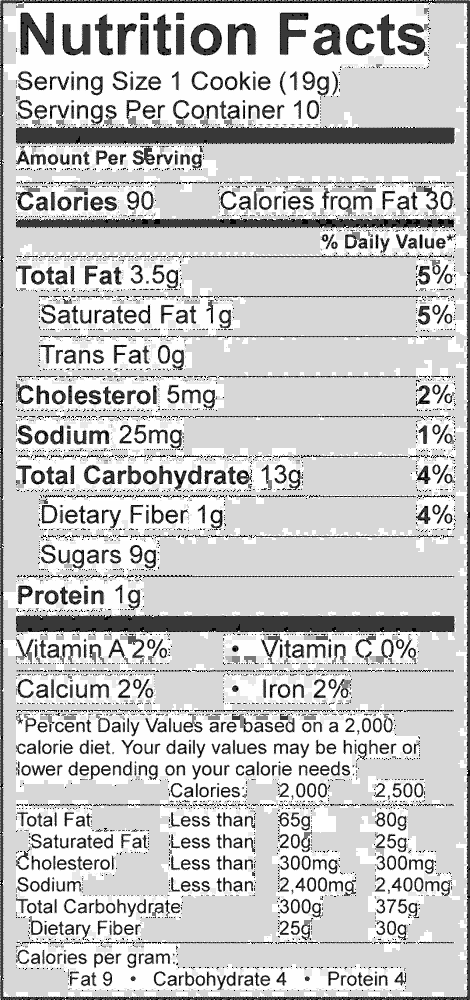

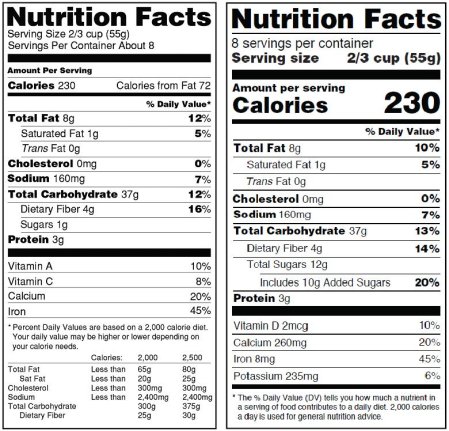


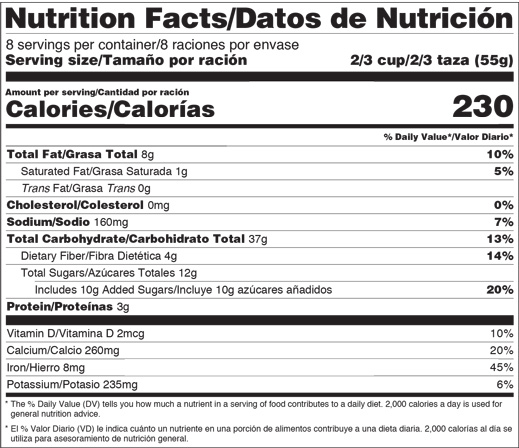
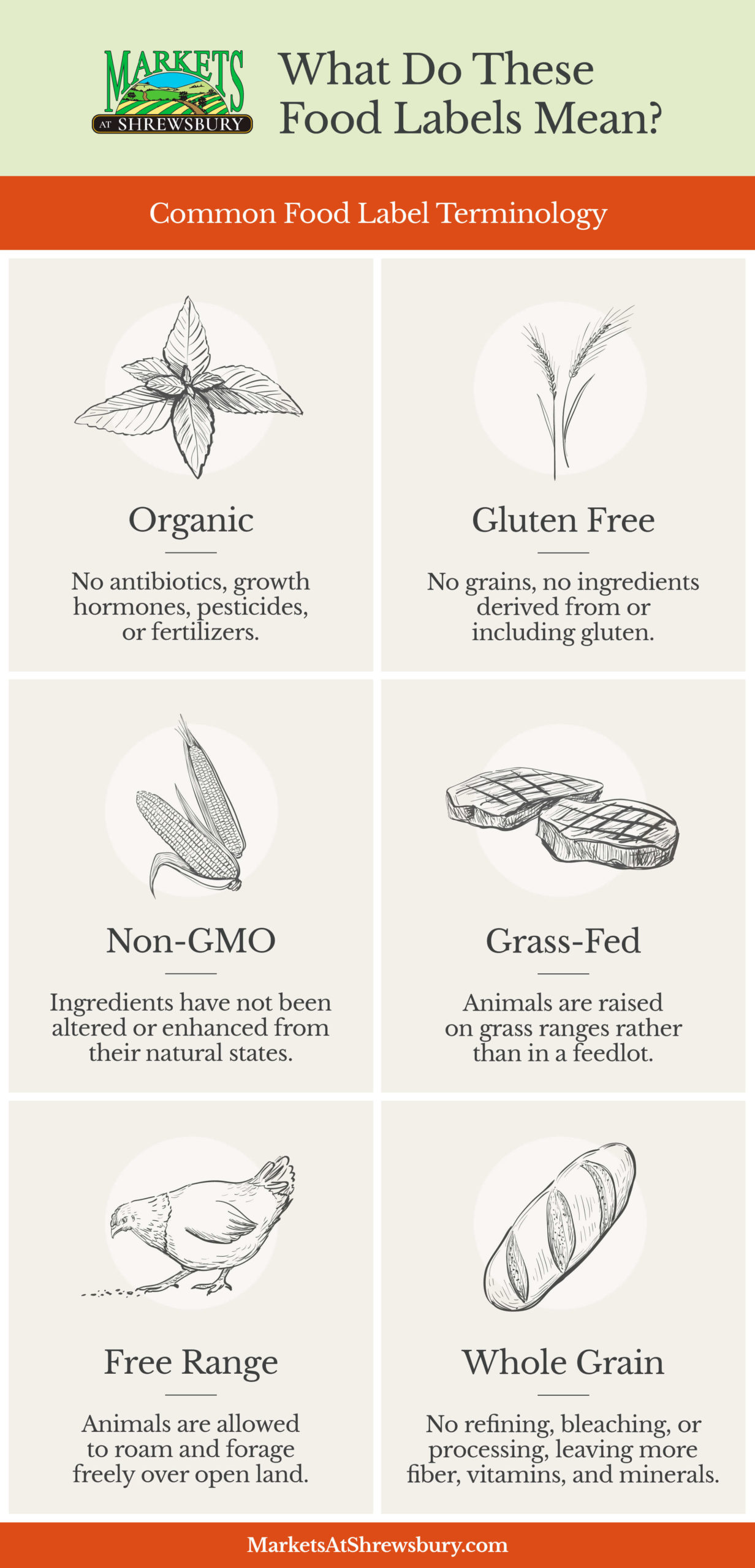
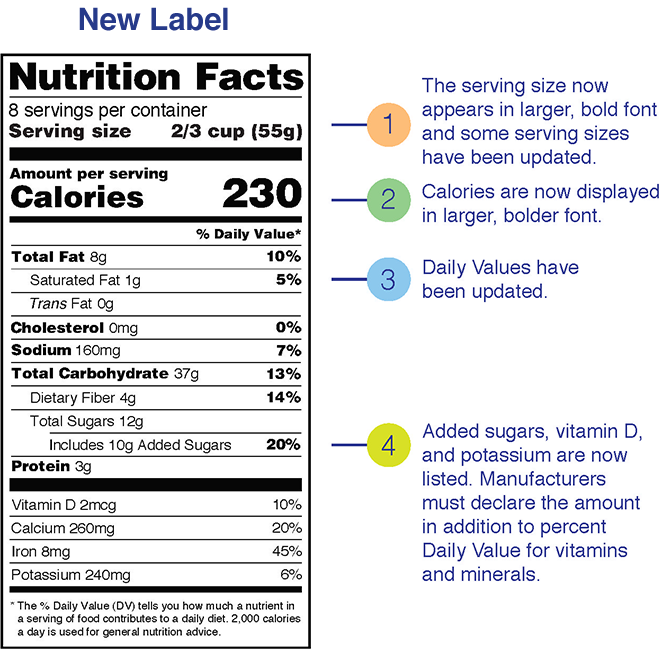
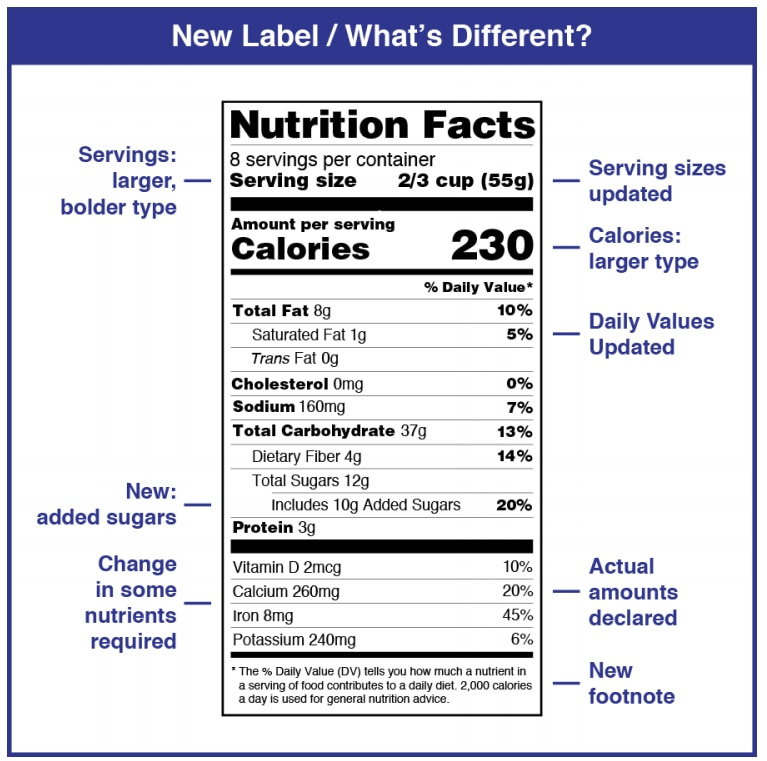


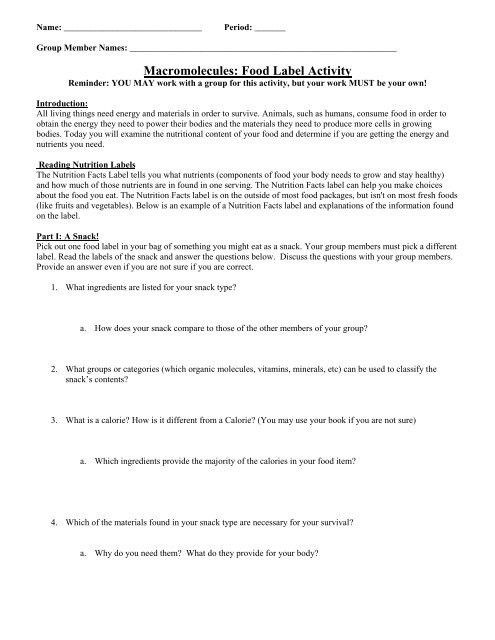


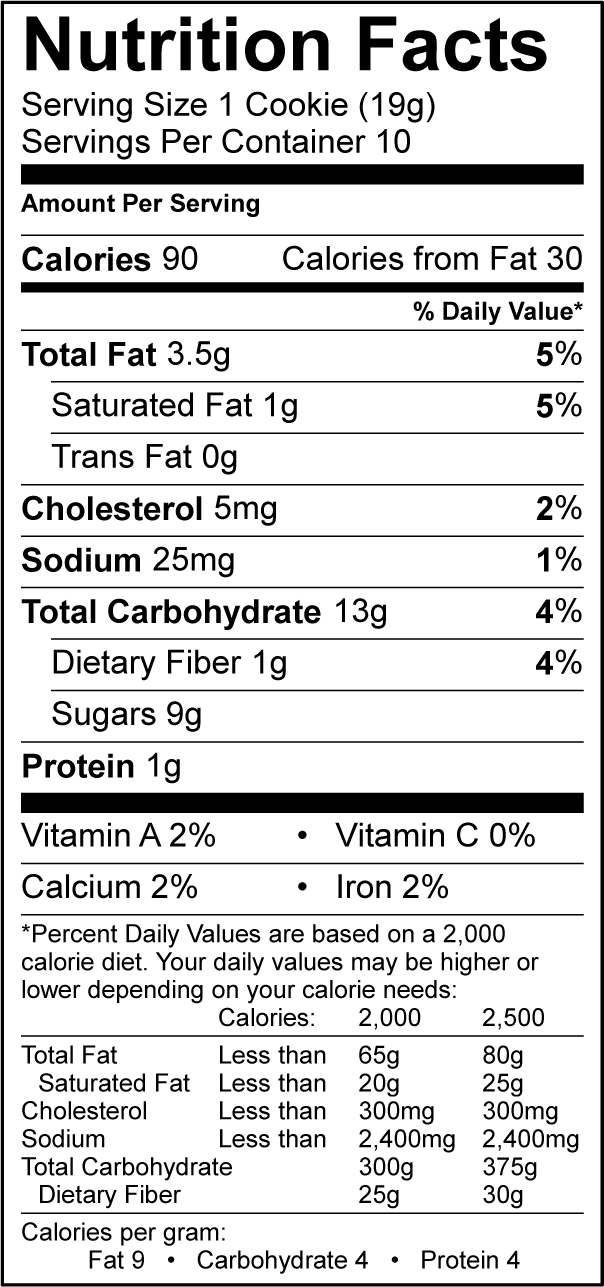


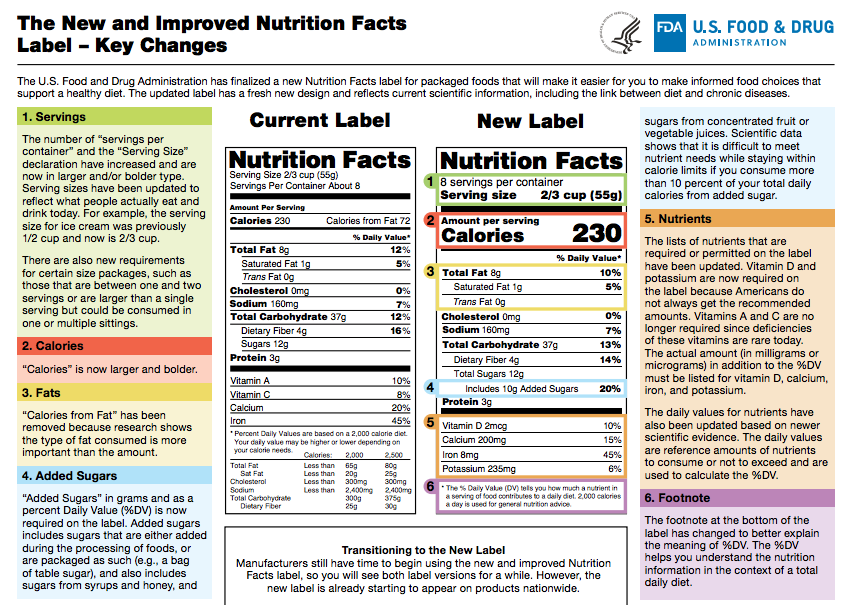




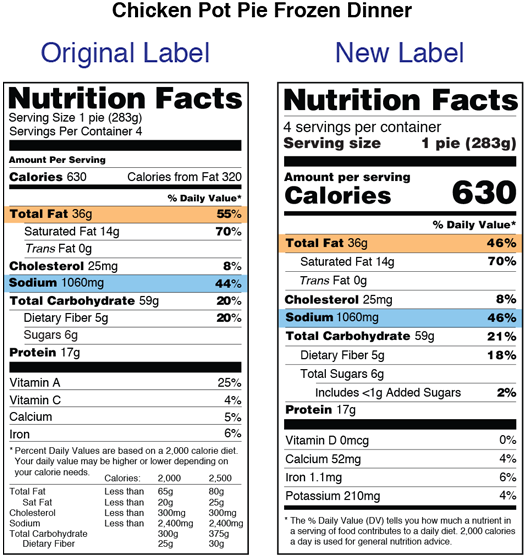

Post a Comment for "44 minerals on food labels"